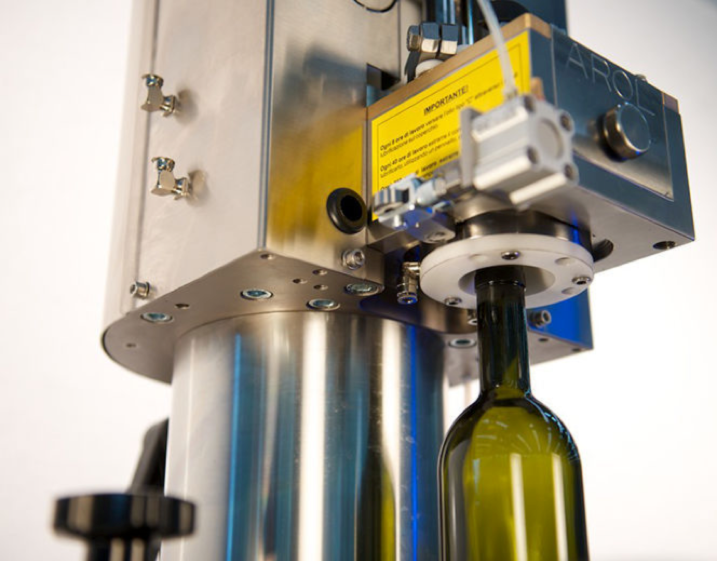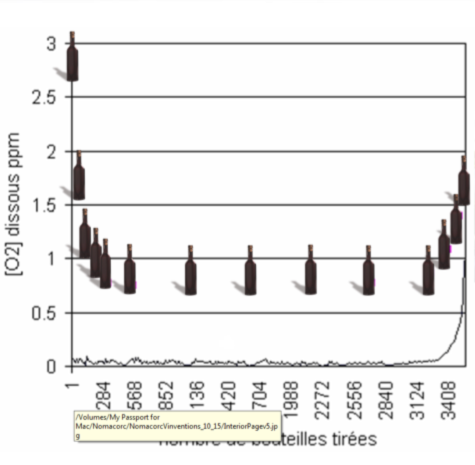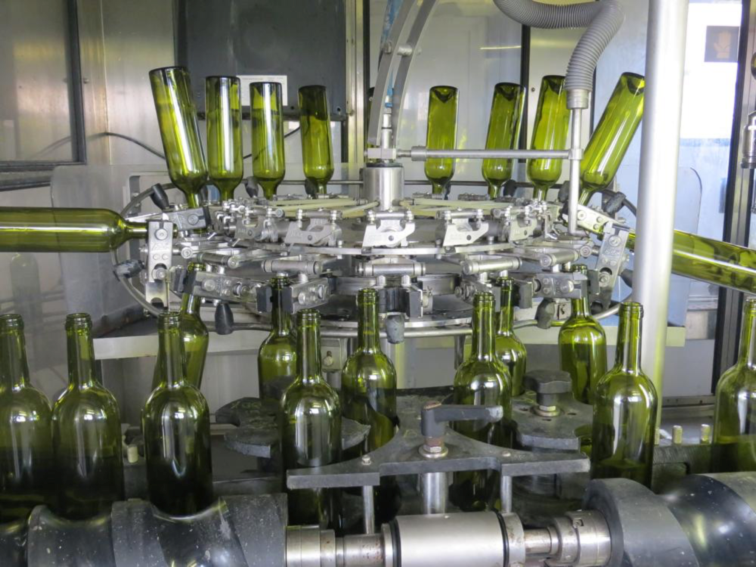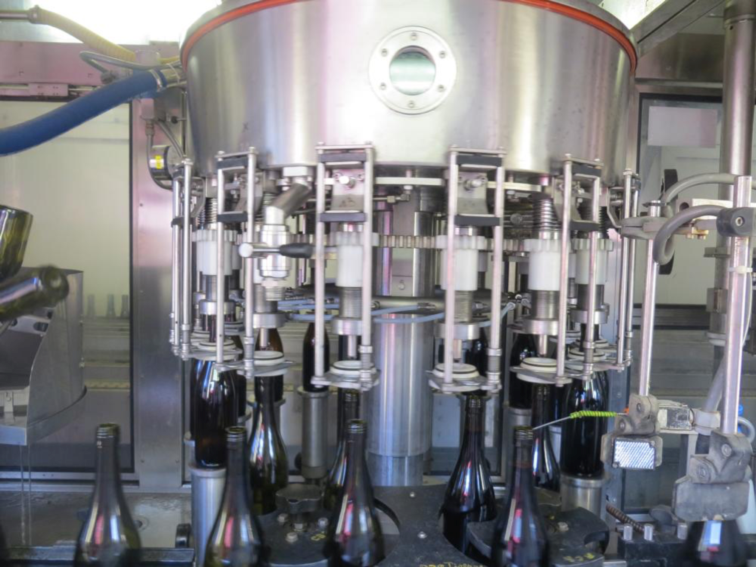The importance of corking:
Cork quality is the other decisive factor in conserving a wine’s quality and the consistency of its development.
Cork is historically the traditional natural corking product. It possesses indisputable elasticity and permeability to oxygen, which enable a wine to develop gradually.
However, once infected, cork can produce some unpleasant smells and tastes (known as a corky taste). This problem can be attributed to a compound called TCA (Trichloroanisole). In high concentration, this defect can be picked up by any wine taster: it’s a musty, earthy smell.
This defect is trickier to perceive when concentration of TCA is barely recognisable, but wine quality is diminished, nevertheless: aromas are dull and the wine is drier on the palate.



